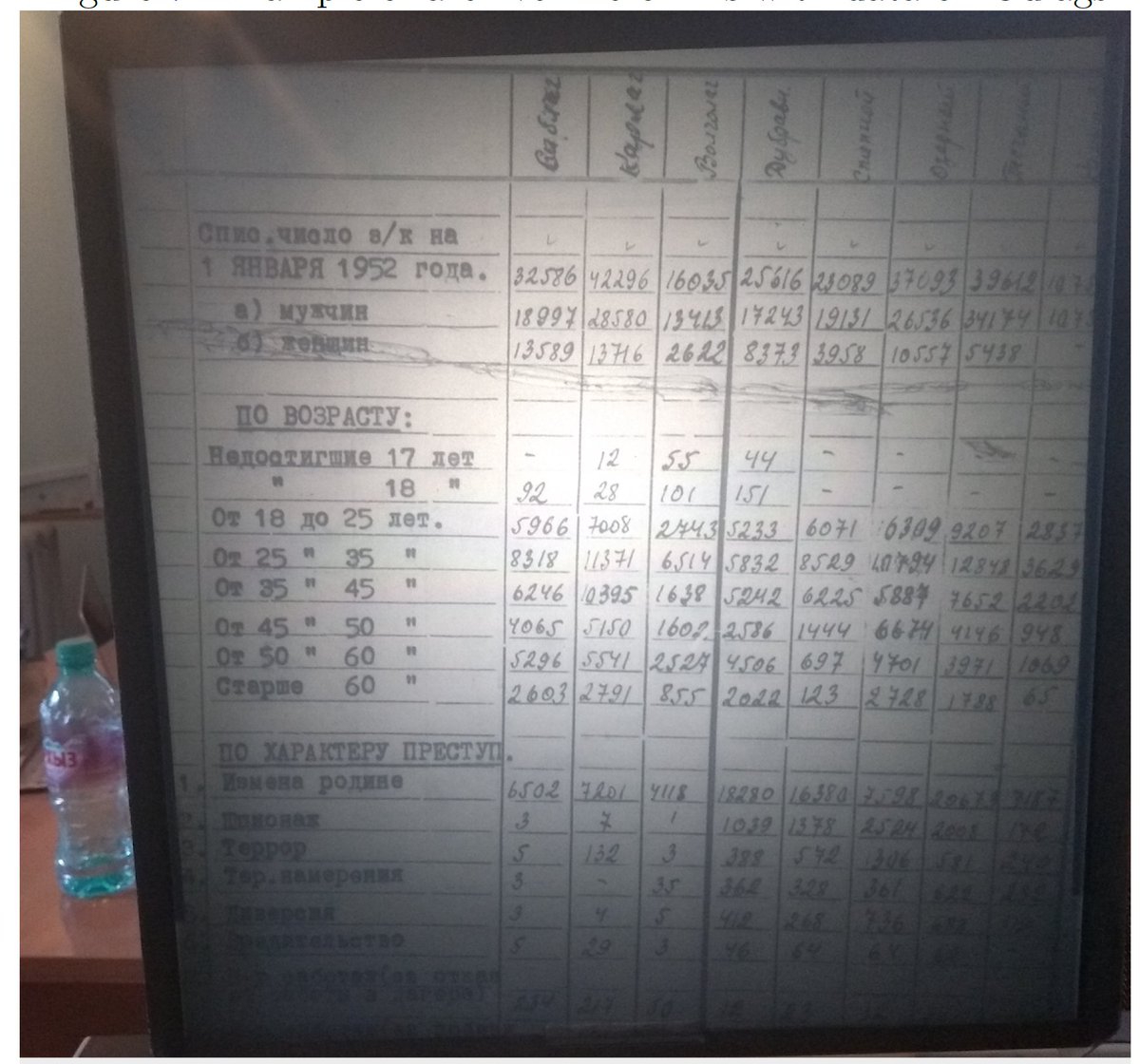
Just uploaded a new version of our paper with @GerhardToews, #Enemies of the people. Time for another thread. Link to pdf here: drive.google.com/uc?export=down… Old thread from two years ago linked👇
https://twitter.com/pl_vezina/status/1040620982845747200
Enemies of the people were the educated elite, targeted by the Soviet authorities for they posed a threat to the propaganda-dependent regime. Along with millions of other non-political criminals, they were sent to forced labor camps scattered across the Soviet Union, the Gulag. 

Here's a painting depicting the ships that took prisoners to camps near Magadan, in the Far East. It's in a museum in Magadan, and from an amazing NYT article: nytimes.com/2020/11/22/wor… 

Since enemies were the educated elite, and accounted for about 30% of the prisoners, the Gulag had a more educated population than the rest of the USSR. And camps with more enemies were the most educated. 



And these education levels persisted across generations. The grandchildren of enemies are more likely than others to have a tertiary educated today, and so were their parents. 

And this education persistence translates into better local development outcomes in the long run. Firms near camps which had a higher share of enemies pay higher wages today, and make more profits per employee. 

This is also reflected in brighter night lights per capita, a proxy for local development captured by satellite pictures. 



Our paper can be seen as a natural experiment that identifies the long-run persistence of higher education and its effect on long-run prosperity. Sadly, it also highlights how atrocious acts by mad individuals
can shape the development path of localities over many generations.
can shape the development path of localities over many generations.

Need to add that this new version was made possible by the awesome work or @GerhardToews and our RAs Liliia Shevchenko and Eugen Ciumac finding and digitizing microfilms from the State Archive of the Russian Federation (GARF). 

Paper is here: drive.google.com/uc?export=down… And the abstract just in case 👇 

And another link to the paper: drive.google.com/file/d/1QhP0-U…
• • •
Missing some Tweet in this thread? You can try to
force a refresh


